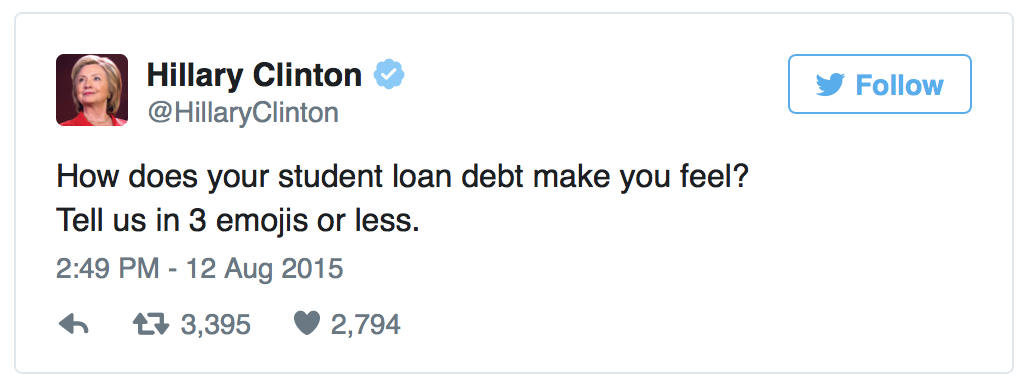The Emoji:
An Overview

A Brief History 📚
The modern incarnation of the emoji has its roots in late 90s Japan, transforming :) into 😀. While the usage of punctuation to create "faces" or other symbols proceeded the internet, the emoticon was present in the very early stages of the internet, spreading across platforms such as ARPANET and Usenet.
As long as digital communication has existed, users have utilized punctuation to create symbols and images. Japan, Korea, and America all had notable unique, sales of the emoticon that increasingly intermingled. For example, <( ^.^ )> is very much a Japanese form of the emoticon. Increasingly, emoticons have become graphical, becoming the emojis we recognize today.
Today, the emoji is "governed" by the Unicode Consortium, dedicated to standardizing internet text and image. This standardization is important in ensuring that an emoji sent from an iPhone/Android is recognizable on any other platform. For example in 2010, Unicode 6.0 standardized 722 Emoji, currently Unicode 8.0 is expected for release this year.
Standardization 📝
As more platforms and companies adopt and integrate the emoji, "standardization" is increasingly important. While the punctuation-based Emoticon was unique and stylistically diverse within different digital communities, the emoji is going the way of "standardization." However, each company produces their own version of the same "core" emoji.
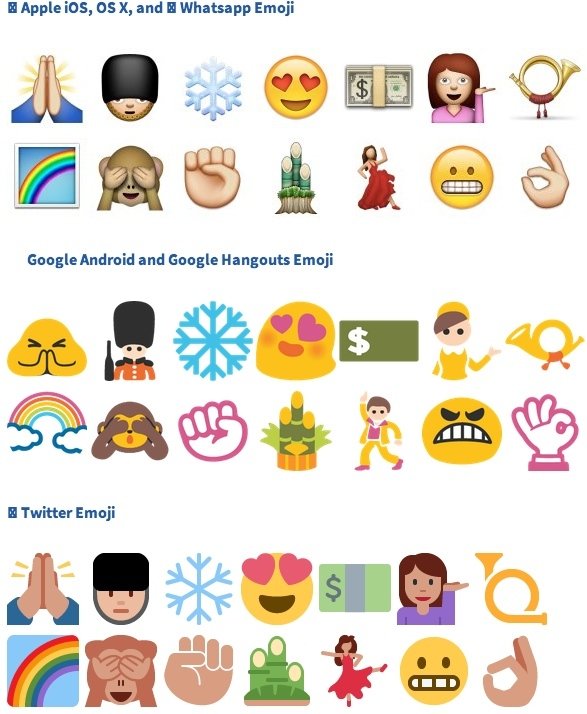
Some users refer to this cross platform discrepancy as the "emoji gap," meaning that some emojis may not "translate" as well as others, or may have alternative connotations.
While there is an effort to standardize the core "meaning" of emojis through the governance of Unicode, this is easier said than done. Corporate interests sometimes "twist" certain emojis in their favor: for example Google shows an Android phone emoji while Apple (not surprisingly) shows us an iPhone. This highlights the questions of whether the emoji can ever be an open source or "universal" language.
Controversy 😡
The emoji is not without its controversies. In fact, these discussions and dialogues indicate the increasing communicative and discursive importance of the emoji. This bring us into a conversation about representation and discourse more broadly. What cultural motifs or artifacts deserve to be emojis? Who should decide?
Earlier this year, Apple's iOS was the first platform to add an array of skin color palettes, while Google sidestepped the potential problem of race by making all emojis a "neutral" grey.
Recently, controversy has broken out over the subject of religious emojis and emojis depicting same-sex couples.
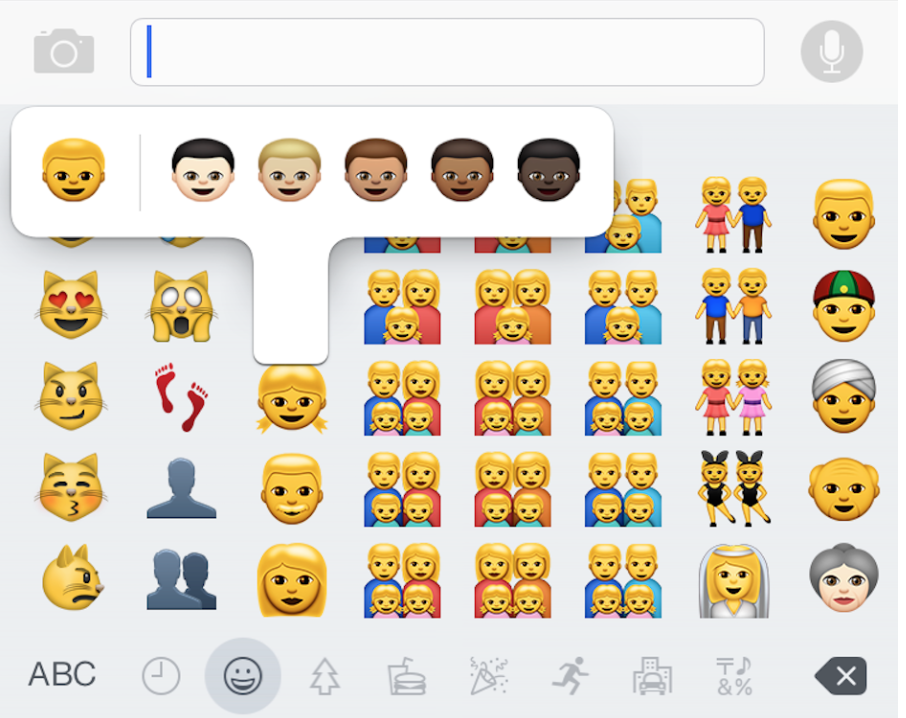
The Numbers 📊
- A total of 6 billion emojis sent per day globally
-
Instagram: Half of all posts contain an emoji
- "The vocabulary of Instagram is shifting similarly across many different cohorts with a decline in Internet slang corresponding to a rise in the usage of emojis." -Instagram
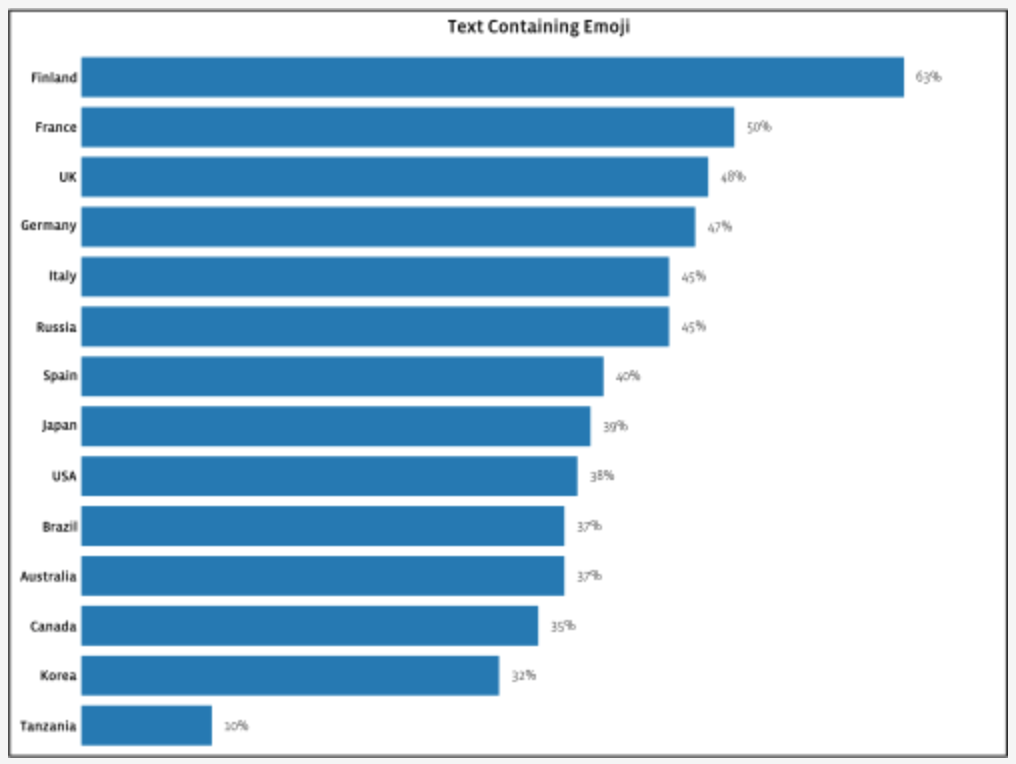
"On Instagram, emojis are becoming a valid and near-universal method of expression in all languages. Emoji usage is shifting the people’s vocabulary on Instagram and becoming an important means of expression." -Instagram
Already, many major platforms such as Instagram and Twitter have analyzed emoji data to determine regional and cultural emoji preferences.🇬🇧🇮🇹🇪🇺
While there are interesting regional differences, overall, happy faces, sad faces, and hearts were the most popular Emojis across all regions.
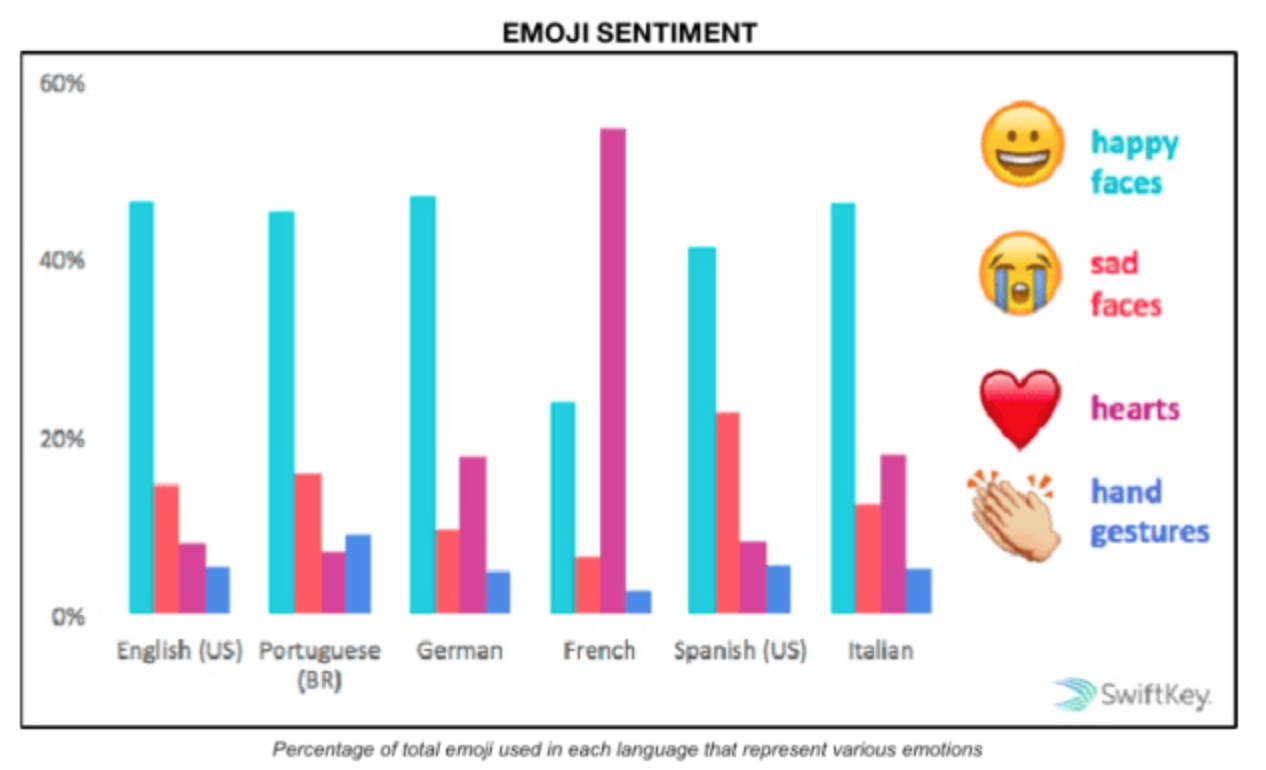
Click to see real-time tracking of Twitter's most popular Emojis
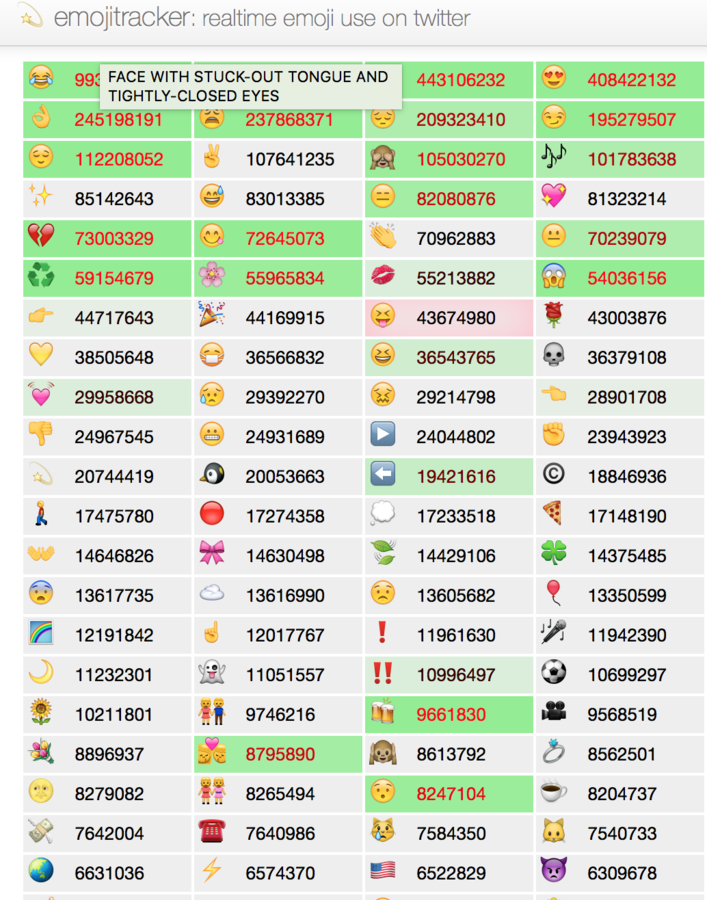
Emojis have become another important data point for corporations and data researchers.
Significance
If we consider the rise of the emoji in the broader context of media, we have to seriously question the way the emoji is restructuring digital communication:
- How does the symbolic medium of the emoji structure its message? Is the emoji changing how we communicate digitally?
- What are the strengths and limitations of emojis as a symbolic language?
- Who controls the "discourse" of the emoji? Is the emoji destined to be an inherently "commodified" language?
- What does this return to the visual and symbolic say about broader trends in media, especially considering the rise of viral memes, Snapchat, and other primarily visual means of communication?
- What would "digital ethnography" look like in the context of the emoji phenomenon?
- Does the emoji represent a movement to a "universal" language of symbology on the Internet?
The Future❓
Already we see that Emojis have become an essential fixture of modern digital communication. Just to scrape the surface, today you can order a pizza by typing the 🍕 emoji, political candidates are attempting to leverage the "emoji" phenomenon, and Moby Dick has been translated into "Emoji Dick." The emoji and its ecosystem is under constant evolution.
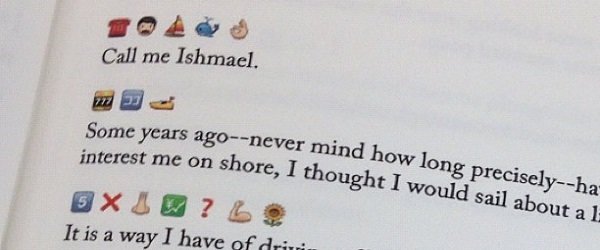
But most importantly: Emojis are quietly restructuring the way we communicate with each other. What does the future hold? 🔮
